In her excellent 2013 book, Overbooked: The Exploding Business of Travel and Tourism, former Phnom Penh based war correspondent Elizabeth Becker, looks at the impact of the global tourism industry, especially its toll on the environment, workers and culture. She includes a whole chapter on Cambodia, a country she has been deeply engaged with as a journalist, since before the rise of the Khmer Rouge.
Becker has a grim view of Cambodia’s “dark tourism” industry. She writes that it is fundamentally exploitative and disrespectful to the memory of the millions of lives lost during the reign of the Khmer Rouge between 1975 and 1979.
The former Khmer Rouge prison at Tuol Sleng is Phnom Penh’s biggest tourist attraction, receiving in the order of 500 visitors per day. 15 kilometres away, the Killing Fields at Choeung Ek are visited by hundreds of thousands of travellers each year.
Should you be among them?
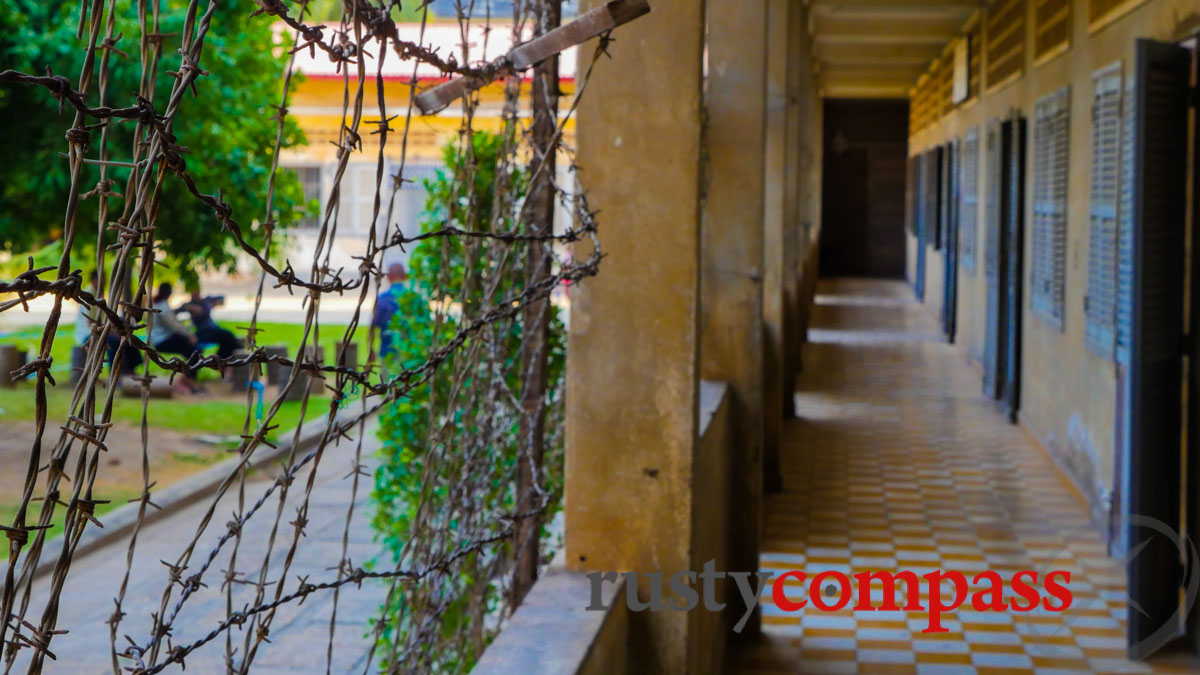
Photo: Mark Bowyer School turned Khmer Rouge prison. Tuol Sleng S21
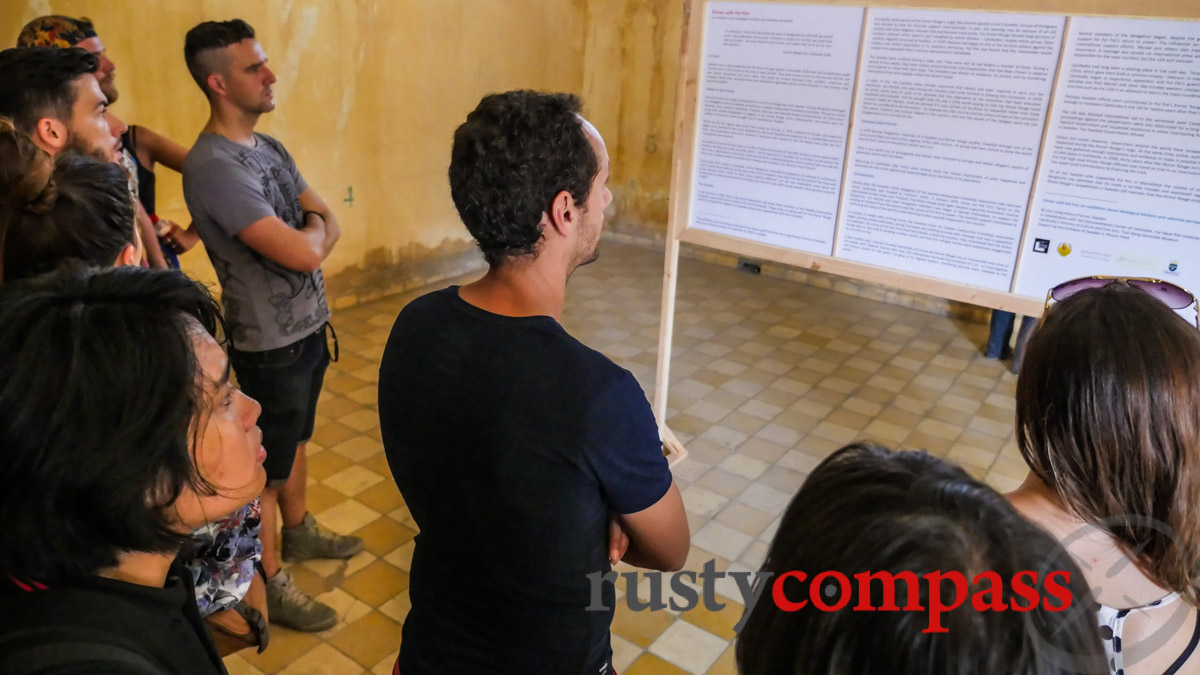
Photo: Mark Bowyer The power of words, Tuol Sleng Prison, Phnom Penh
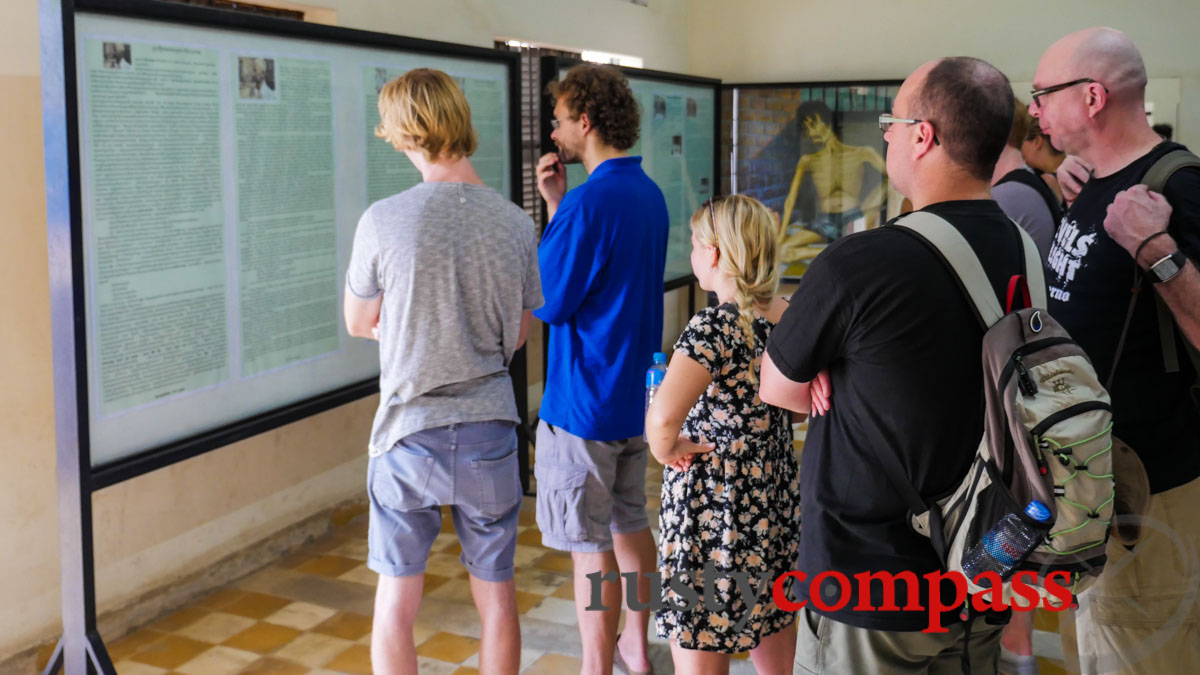
Photo: Mark Bowyer The power of words, Tuol Sleng Prison, Phnom Penh
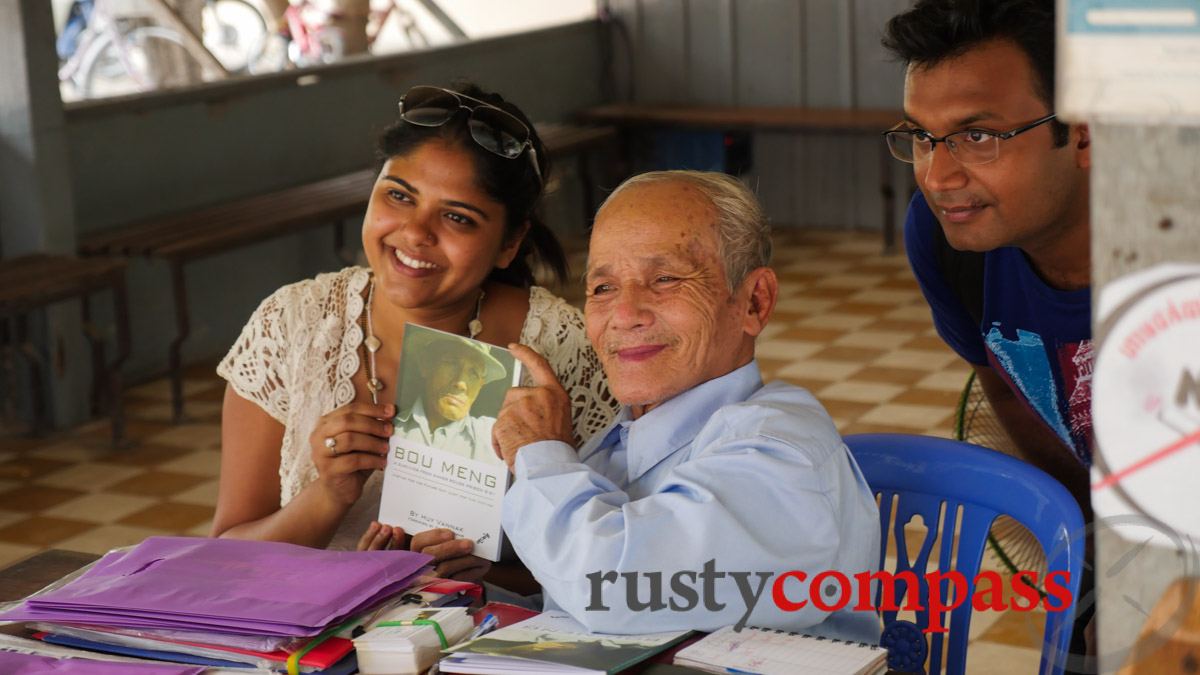
Photo: Mark Bowyer Tuol Sleng survivor Bou Meng poses for tourists.
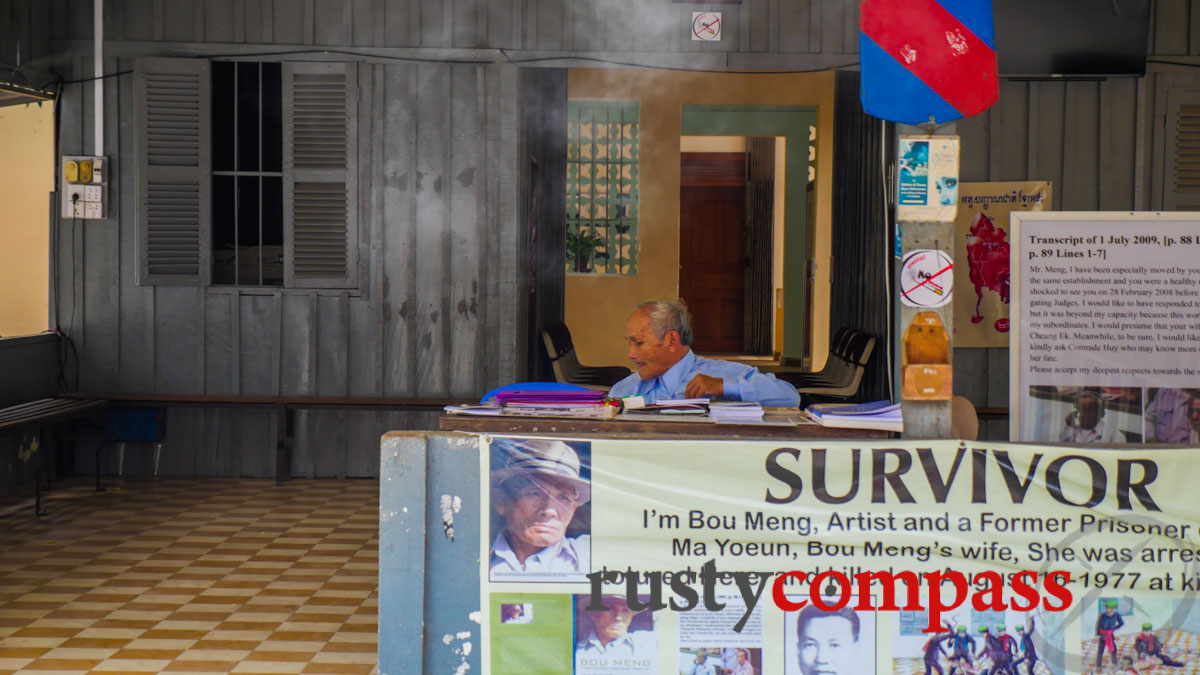
Photo: Mark Bowyer Bou Meng, Tuol Sleng survivor
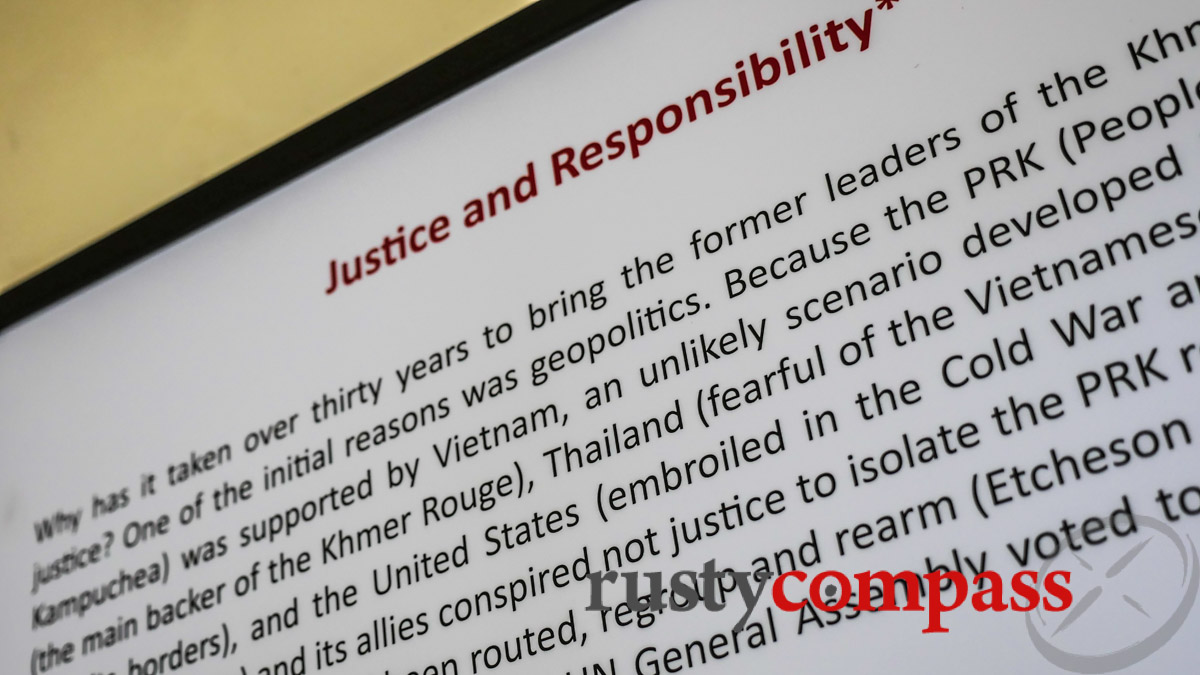
Photo: Mark Bowyer Justice and responsibility, Tuol Sleng
When the New York Times published its 36 hours in Phnom Penh guide in 2014, the city’s most popular sites did not even rate a mention. I assume the author wanted to focus on the new and the positive and move on from the darkness and sleaze that has defined tourism in Phnom Penh since it opened up to the world in the 1990s. But does that really make sense?
I don’t think so.
Both Tuol Sleng S21 and the Killing Fields at Choeung Ek are imperfect for many reasons. And they are exploitative. Choeung Ek has been managed by a private company for years and Tuol Sleng, among its failings, has Bou Meng, one of the few remaining survivors of the prison still alive, on site selling copies of his book and posing for photos with tourists who oblige his book selling. Presumably this is the best way he can make a living.
The version of history presented has its blind spots too. Though by regional standards, Cambodia may be doing a better job of confronting its troubled past than its neighbours.
Cambodia’s museums and tourist sights handle the complexity of the country's modern history more insightfully than its neighbours, Vietnam and Laos. The firing range at the Cu Chi tunnels in Vietnam, a place of vicious war-time combat and terrible casualties, must be one of the most appalling examples of exploitatation of a place deserving of solemnity.
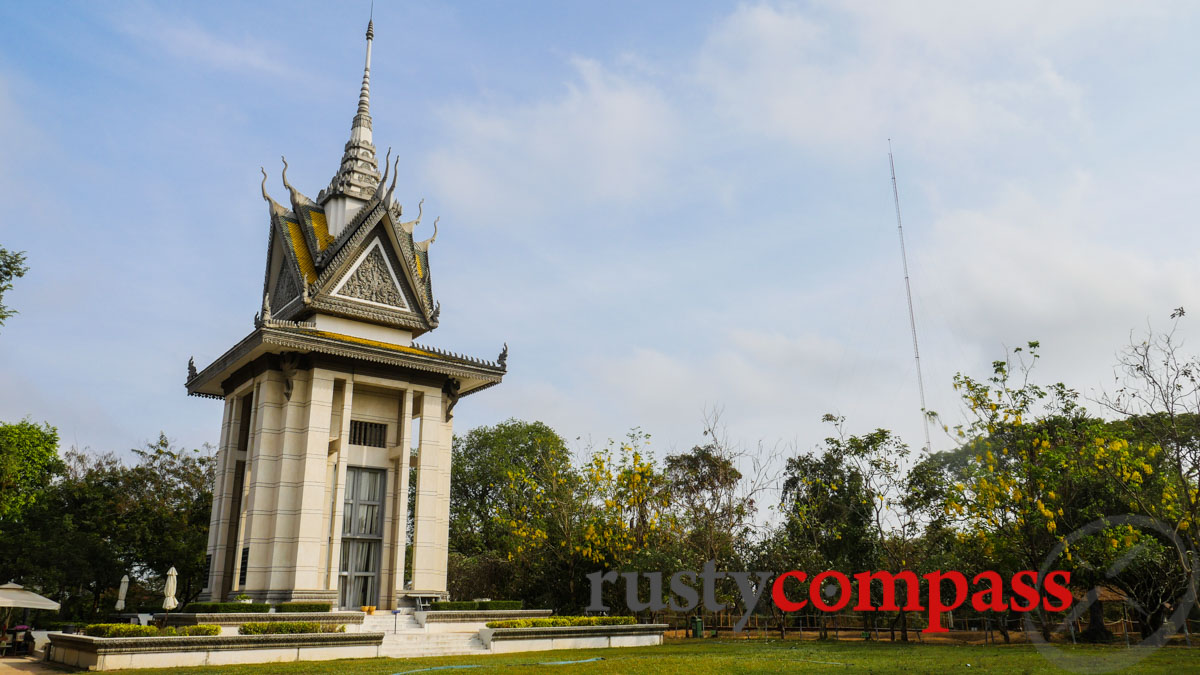
Photo: Mark Bowyer Killing Fields, Phnom Penh
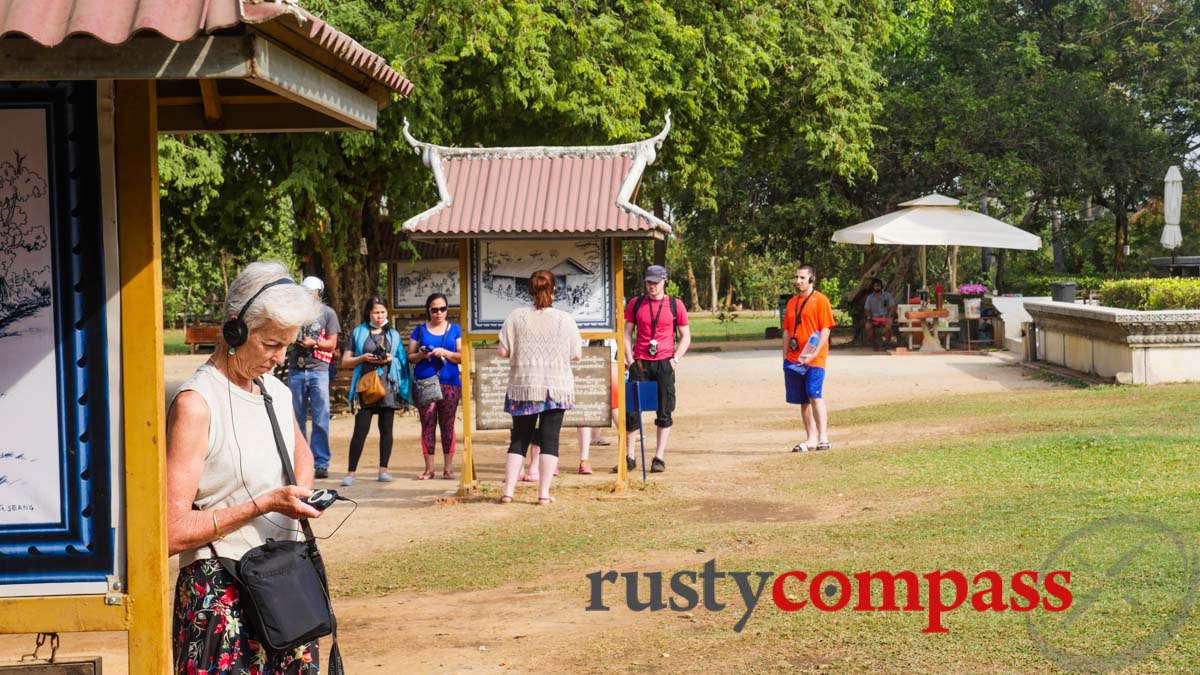
Photo: Mark Bowyer Audio tourists, Killing Fields, Phnom Penh
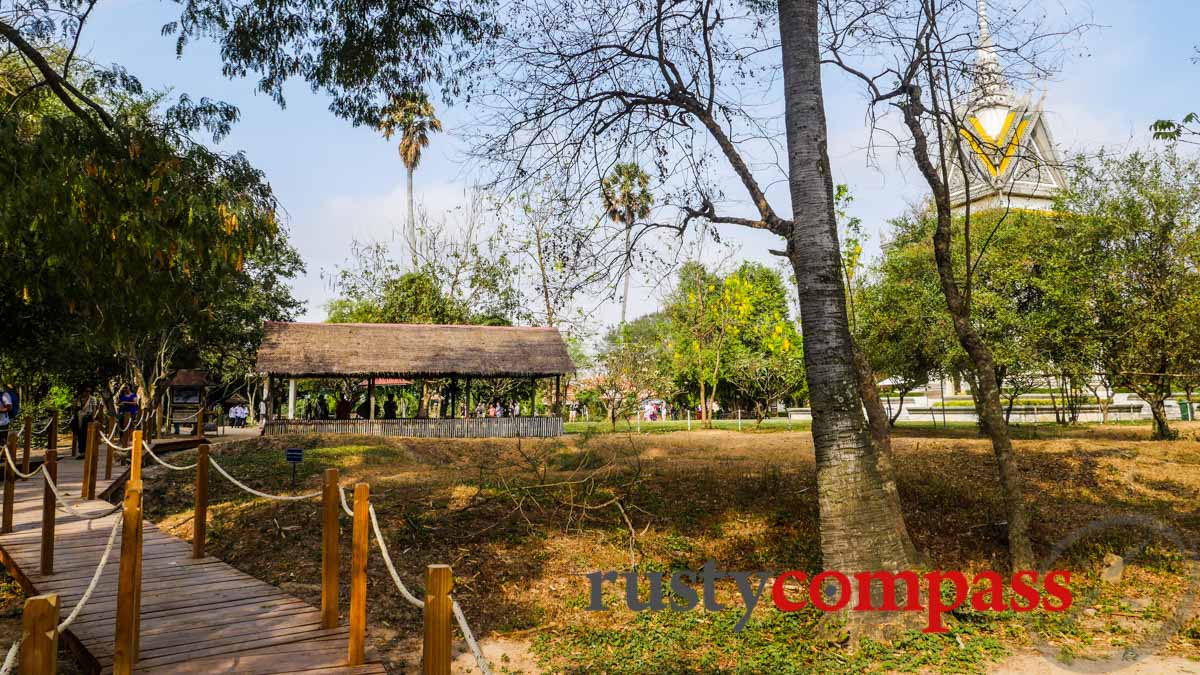
Photo: Mark Bowyer Killing Fields, Phnom Penh
You could run a critique of every museum on the planet and come up with versions of exploitation and distortions of history. Even celebrated international institutions treading the fraught terrain of colonial history and exploitation, like the British Museum, crash up against these issues. The methodology for dealing with contested history may be more sophisticated in the West, but the issues are similar.
So do Tuol Sleng and the Killing Fields cross a line of exploitation that might justify leaving them off your itinerary during a visit to the city?
I don’t think so.
The biggest reason for avoiding Tuol Sleng and the Killing Fields is that they are deeply disturbing. Some may find the experience too traumatic. How could it be any other way?
I’ve been visiting these places, and seeing and hearing the reactions of travellers for two decades.
Two decades ago, most travellers to Phnom Penh had some knowledge of the city’s Khmer Rouge history. These days, your average traveller to the city knows little or nothing of the Vietnam War or the fall of Phnom Penh.
The provided audio tours both at Tuol Sleng and at the Killing Fields may not do a great job of explaining the full context - especially the role of international players like the US and China in Cambodia’s tragedy - but they do explain events in a way that has a profound impact.
I’m impressed with the depth of the interest travellers show in reading the lengthy information panels at Tuol Sleng. A surprising number of visitors seem determined to devour every piece of information they are given. This is not a superficial experience and I’m sure it drives many to explore Cambodia’s modern history more deeply.
While Tuol Sleng and the Killing Fields are uniquely graphic accounts of brutality and inhumanity, when you spend more time in Cambodia, they also draw attention to the country’s extraordinary recovery.
In many ways it’s incomprehensible that a society could recover at all from a catastrophe of the scale of the Khmer Rouge genocide. And there are still plenty of grim reminders in Phnom Penh and throughout Cambodia of the past and the messy present.
But the overwhelming sense I have on any visit, is of recovery. It’s a difficult multi-generational process and there are many backward steps. But there’s no denying it’s under way. And places like Tuol Sleng and Choeung Ek draw attention to how far the country's come.
I love Phnom Penh's cool bar and restaurant scene as much as anyone else. But Tuol Sleng and Choeung Ek, for all their failings, are central to city’s story too. And they underscore how far Phnom Penh has travelled in 40 years.

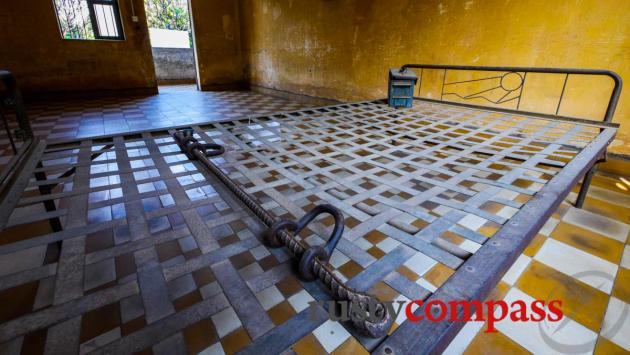



There are no comments yet.